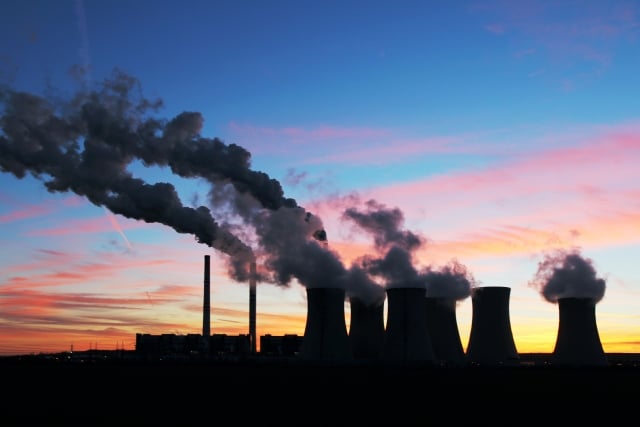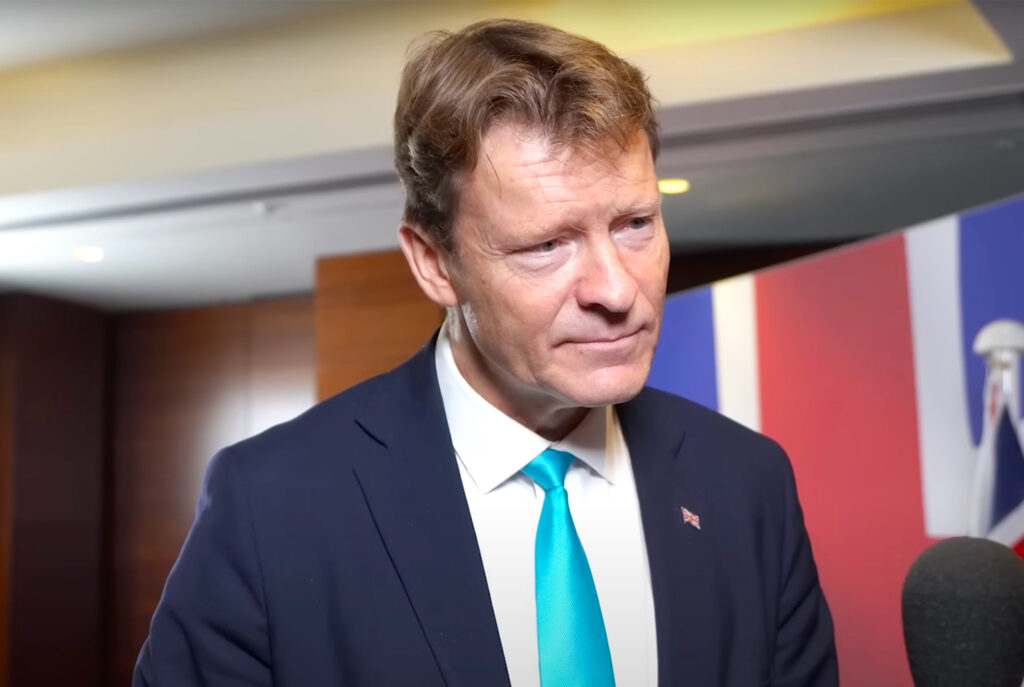Despite what you may have heard about the death of the coal industry, Peabody Energy is ramping up mining activities and going on the offensive, pushing “clean coal” on the world’s poor with a disingenuous but aggressive PR campaign. And for good reason: Peabody has got to sell the coal from the world’s largest coal mine to someone.
Speculation is rife that the new GOP-led Senate will join with its similarly fossil fuel-beholden House colleagues to usher in a new era of coal. Peabody, the world’s largest privately held coal company, isn’t waiting around to find out.
The company has teamed with public relations firm Burson-Marsteller—the notorious PR giant that helped Big Tobacco attack and distort scientific evidence of the dangers of smoking tobacco—to launch Advanced Energy for Life, a desperate attempt to shift the discussion around coal away from its deleterious effects on health and massive contributions to climate change and instead posit the fossil fuel as a solution to global poverty.
The aim of this PR offensive, according to a piece by freelance journalist Dan Zegart and former DeSmog managing editor Kevin Grandia (one of Rolling Stone’s “Green Heroes,” and deservedly so), the reason for Peabody’s charm offensive is simple: there’s money to be made selling coal in Asian markets, and Peabody aims to make it—as long as initiatives to combat global warming emissions don’t intervene. Which makes Burson-Marsteller the perfect ally:
Burson-Marsteller, which has a long history of creating front groups to rehabilitate the images of corporate wrongdoers, helped Philip Morris, maker of Marlboro, tackle the Asian market, where Burson fought anti-smoking regulations and developed crisis drills for Philip Morris personnel in Hong Kong on how to handle adverse scientific reports.
As the US produces a glut of cheap natural gas, the EPA’s Clean Power Plan seeks to set emissions standards that would make building new coal-fired power plants all but impossible impossible, and the domestic demand for coal drops, Peabody’s value as a company has dropped as well, from $20 billion to just $3.7 billion in the space of three years. The company is in desperate need of new business if it’s to even stay afloat.
China has emerged as an especially important market for Peabody. But already there are signs that China may be realizing what a Faustian bargain coal really is. Coal use in the country dropped for the first time this century after doubling in just the past decade. And China recently announced it was creating a national cap and trade program to lower its greenhouse gas emissions.
This is where Burson-Marsteller and Advanced Energy for Life PR campaign come in.
“Energy poverty. It’s the world’s number one human and environmental crisis,” an Advanced Energy for Life ad reads. And the solution to this crisis? That mythical fuel “clean coal,” naturally.
The UK’s Advertising Standards Authority stepped in and stopped Peabody and Burson-Marsteller from using the term “clean coal” in the ad, because in addition to the carbon pollution cooking our climate, coal is also responsible for mercury pollution and acid rain-causing sulfur dioxide pollution. But it was the stunning hypocrisy of Peabody disguising its sales pitch as some kind of altruistic attempt to alleviate global poverty that caused the World Wildlife Fund to bring a case before the UK’s ASA in the first place.
Peabody was undeterred by the ASA’s adverse ruling, even crowing in a press release that its “right to assert its opinion that global energy poverty – which impacts half the world’s population – is the number one human and environmental crisis for society today” had been upheld.
The company’s intent with the PR blitz is obvious: “By stalling carbon limits, say critics, Peabody, an American company, hopes to buy itself time to shift from selling domestic coal here in the U.S. to exporting American coal to Asia or mining Asian and Australian coal and selling it abroad,” Zegart and Grandia write.
Peabody is currently in the process of exploiting the largest coal mine in the world, the North Antelope Rochelle mine in Wyoming’s Powder River Basin. The mine is as big as Washington, D.C., some 100 square miles, and contains an estimated 3 billion tonnes of coal.
According to the Guardian, “It would take Peabody 25 or 30 years to mine it all.” And that is exactly what Peabody plans to do. “On an average day, 21 long freight trains full of coal leave North Antelope Rochelle bound for 100 power plants across the country. But the company says that’s still not enough.”
President Obama’s “all of the above” energy strategy has led to coal exports growing to some 100 million tonnes per year over the past three years. These exports are seen as a key lifeline for the ailing coal industry, as the EPA‘s Clean Power Plan will, for the first time, place limits on carbon emissions from power plants, further imperiling the domestic demand for coal.
Plus, demands for climate action are growing louder and louder, and the true costs of the mining process are getting attention too. LJ Turner, a Wyoming rancher who has lost dozens of heads of cattle to pneumonia exacerbated by dust from Peabody’s mine, told the Guardian:
We are making a national sacrifice out of this region. Peabody coal and other coal companies want to keep on mining, and mine this country out and leave it as a sacrifice and they want to do it for their bottom line. It’s not for the United States. They want to sell it overseas, and I want to see that stopped.
This, of course, is precisely what Peabody’s Advanced Energy for Life PR campaign seeks to distract our attention from: The very real consequences that mining and burning coal are having on people right now, and will continue to have if we don’t rein in global warming emissions, of which coal is the single largest contributor.
Far from a solution to global poverty, coal will make climate change worse and thus disproportionately impact the lives of people living in poverty, those who have done the least to contribute to the problem and are the least equipped to deal with the consequences of rising sea levels, more and more extreme weather events, and lower crop yields.
But the official position of Peabody, conveniently enough, is that none of that is a result of our use of coal because climate change is not manmade.
As the Guardian has concluded: “Peabody’s official position on climate science is divorced from scientific reality. But their grasp of the politics of coal clearly is not.”
Image Credit: Kodda / Shutterstock.com
Subscribe to our newsletter
Stay up to date with DeSmog news and alerts






